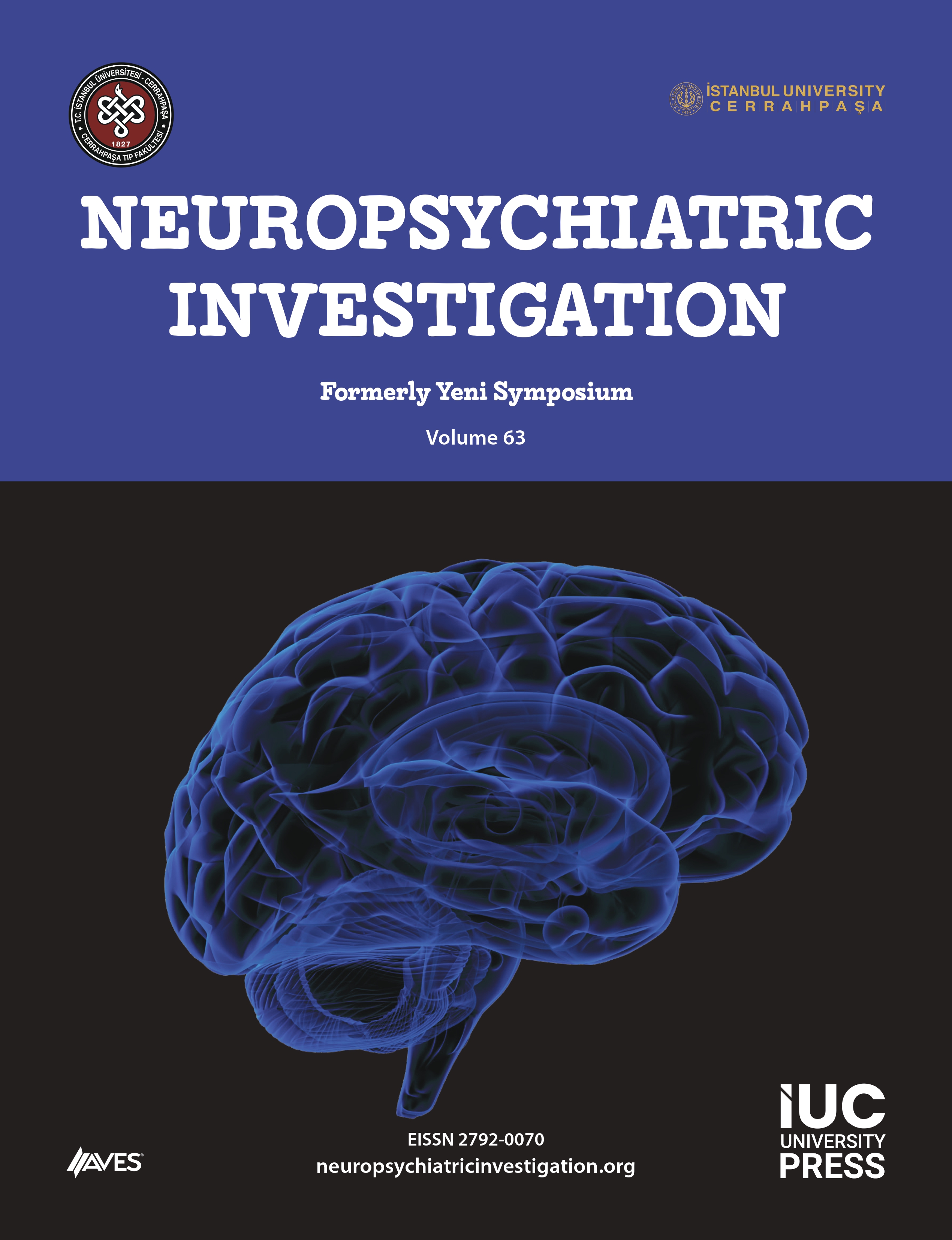Objective: To evaluate the efficiency of electroencephalography (EEG) requested at the consultation.
Methods: EEGs for which consultation was requested in one year were analyzed retrospectively. Neurology consultation notes, EEG forms, compliance with EEG findings were examined for each patient. Demographic data, requested unit, pre-diagnosis, final diagnosis were recorded. EEG results were divided into 3 groups:1)normal, 2)EEG with epileptiform anomaly (EEG-EA),3)EEG with nonepileptiform anomaly (EEG-NE). EEGs were also evaluated for their indications and contribution to diagnosis.
Results: A total of 261 EEG recordings of 239 patients (133 men, average age 56.44 (18-90) ) were examined. 30.5% of the registered patients had a history of neurological diseases. EEGs were requested from 36.4% intensive care units and emergency departments, 51.5% internal branches, 12.3% surgical branches. Preliminaries were seizures in 42.5%, alertness/encephalopathy in 17.2%, syncope in 5.7%, nonconvulsive status epilepticus (NCSE) in 10.3%. 55% of EEGs were considered normal. 37.5% were in EEG-NE, 8.4% in EEG-EA. 91.6% of patients were imaged, 52.5% were pathological. Focal imaging pathology and EEG findings were compatible in 63% of patients with pathological EEG findings. EEG was pathological in 64.5% of the 127 patients requested with appropriate indications. 80% of EEG was thought not to contribute to the definitive diagnosis.
Discussion: Male and advanced elderly people with neurological disease were preferred for EEG. Appropriate indication with a desired high probability of detection of pathological EEG. It is important that the doctor who evaluates the inpatient patient makes more careful decisions in terms of unnecessary process, resource and time wasting.




.png)